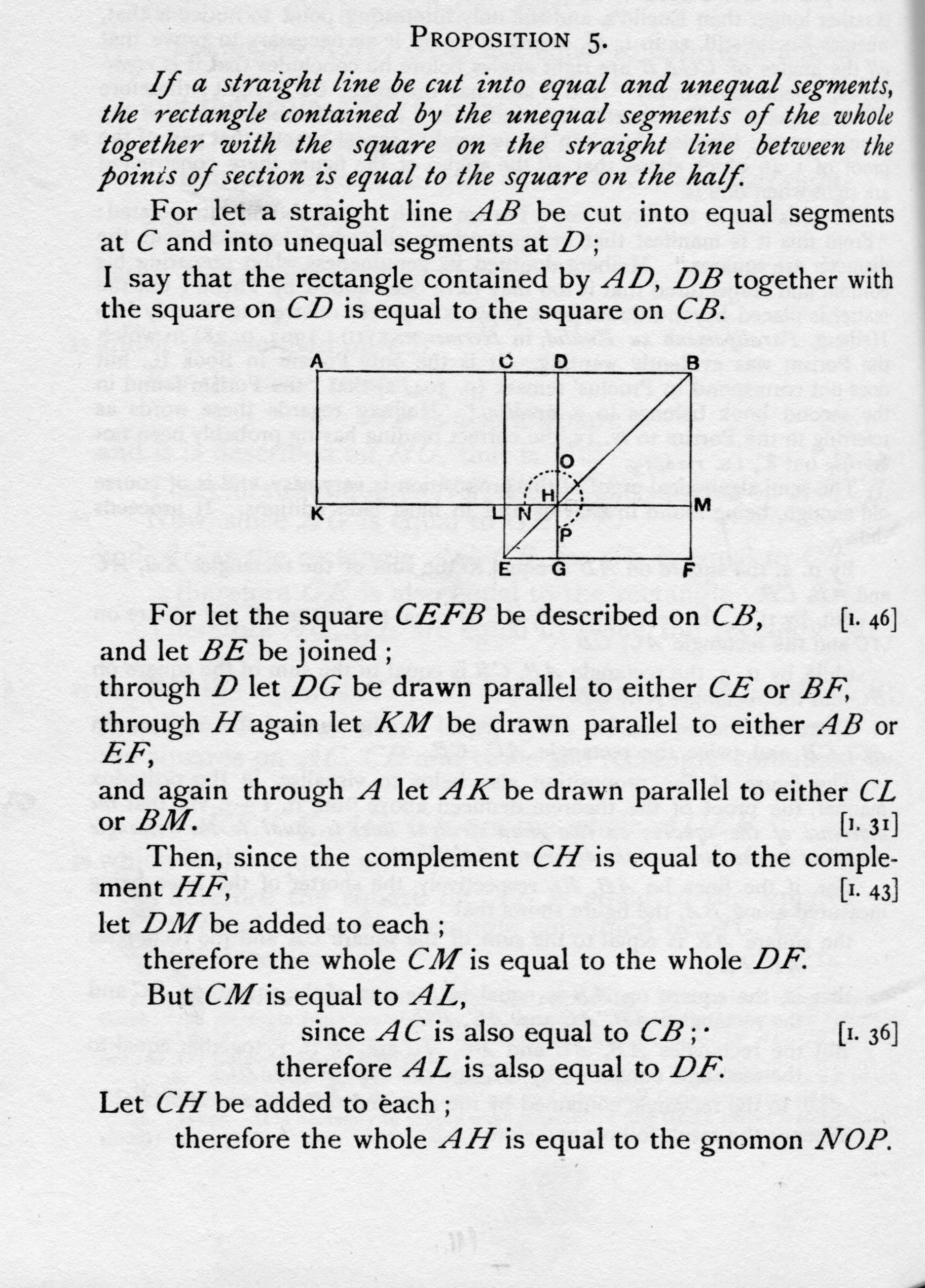
and others were paving the way in integrating mathematical reasoning with observational data. Their efforts underscored an emerging understanding that nature was not merely to be observed but could also be quantitatively described.
The Enrichment of Natural Philosophy
The synthesis of mathematics and natural philosophy underwent further refinement with the rise of the scientific method. The methodological approaches of the likes of René Descartes and Francis Bacon emphasized the importance of empirical evidence alongside mathematical formulation. This duality allowed for an enriched comprehension of nature, transitioning from speculative philosophy to a more rigorous scientific discipline.
Descartes’ analytical geometry linked algebra and geometry, providing scientists with new tools for exploring physical phenomena. Meanwhile, Bacon’s insistence on observation and experimentation as the cornerstones of inquiry propelled the integration of mathematical reasoning into the sciences even further.
Consequently, mathematics evolved from a mere tool of abstraction into a vital medium through which the mechanics of the natural world were articulated and understood.
The Legacy of Mathematisation: Newton and Beyond
The culmination of these developments is most profoundly illustrated in the works of Isaac Newton. His formulation of the laws of motion and universal gravitation hinged on mathematical descriptions that encapsulated the behaviors of objects in motion. This not only solidified mathematics as crucial to physics but also established a lasting framework for scientific inquiry that remains influential to this day.
Newton’s synthesis of mathematics with the law of nature laid the groundwork for subsequent generations of scientists who continued to refine and expand the mathematisation of the natural sciences. The language of mathematics became synonymous with experimental validation, forming an integral part of physics and the broader scientific enterprise.
In the modern era, the importance of mathematics in representing and understanding the natural world is undisputed. It is essential not only in physics but across all scientific disciplines, underscoring a journey that started with simple geometries and evolved into the complex mathematics that now describes the fabric of reality itself.
Thus, the mathematisation of nature stands as a testament to humanity’s quest for knowledge, showcasing how through patience and perseverance, abstract concepts can illuminate the very essence of our physical existence.